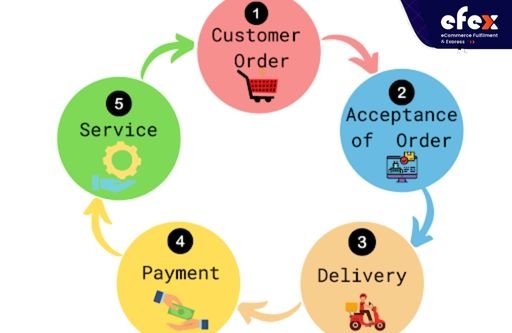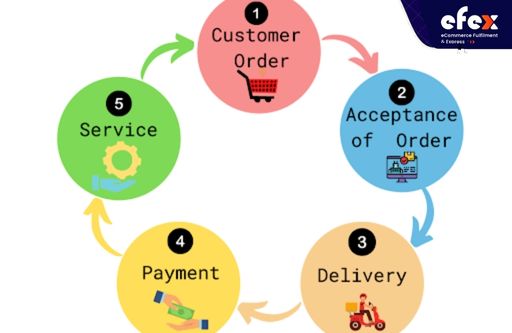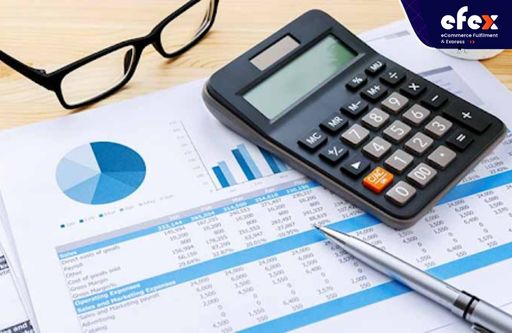
More Helpful Content
Some people may confuse between the planned order receipt and scheduled receipts. However, they are different. A planned order receipt is defined as a receipt for planned order that has not yet been released, while a scheduled receipt is one for a completed order. In this article, we will learn about the planned order receipt, find out the way to calculate it and go through an example about it to help you understand it clearly.

Planned order receipts which are also known as planned receipts, released orders or released MPS belong to Materials Requirement Planning (MRP) and aid in determining how much inventory is required at any particular moment.
Material requirements planning (MRP) was one of the first integrated information systems that attempted to increase corporate efficiency by utilizing computers and software technologies. It is a computer-based inventory management solution meant to increase corporate productivity.

Furthermore, they examine what is left in stock as well as things slated for subsequent delivery during particular transitional stages, so you will know when your purchase will come.
👉 Read More: What Is Time Fence Planning? Example And Benefit
Previously ordered receipts are also expected to arrive and must be included in the MPS during that time frame. The figure for net needs is calculated by adding the available inventory stock to the planned receipts of materials expected and then subtracting it from the gross requirements.
It is a number that represents the number of units necessary for the next stages. The predicted available balance refers to the balance that will be accessible in the future, as the number of inventories needed might even be negative.
Planned order releases are mostly determined by whether the anticipated availability is negative or less than zero, indicating that all inventory has been depleted and more must be obtained.
A planned order receipt specifies the date where an order is expected. There is no need to enter a scheduled order release if the estimated availability is zero or greater than the value of the designated safety stock.

A planned order is always a verified order since it has been determined after netting out the inventory. As a result, it is not comparable to predictive order releases. A planned order release refers to a far more confirmed occurrence. Therefore, it is managed by an MPS, a computer-generated software that keeps track of the anticipated orders and manages a timetable.
If the estimated current balance is 0 for a given time frame, the MPS will not place any additional orders. However, once the term has expired, it will produce an order after netting and analyzing the available inventory.
xJust consider the case of establishing a planned order receipt in manufacturing that requires a specific type of material.

The current on-hand inventory is 100, while the need for the first week is 110. Because the need exceeds the expected balance, the whole balance is depleted with 10 additional units.
As a result, the expected available balance for the coming week is negative 10.
As the anticipated balance has become negative, an MPS release 200 units, bringing the balance to 190. A scheduled order release is what this MPS releases. There is currently a need for 100 units this week.
As a result, the predicted availability is 90. Because the predicted availability is now positive, no MPS are required to be published.
Therefore, MPS equals 0. The scheduled order receipt is thus the date on which the intended order is due. So, planned order releases are always equal in number to planned order receipts.
👉 Read More: What Is Quantity On Hand And Calculation?

The main benefits of the planned order receipt are that it assists you in ensuring the availability of materials and components when required and knowing when your order will arrive by examining what is still in stock along with items scheduled for eventual delivery during specific transitional periods.
Besides, since planned order receipt is a part of the MRP, it also has other benefits such as: reducing the stock levels and related expenses; improving inventory management; reducing customer lead times; enhancing manufacturing productivity and labor productivity; and last but not least, increasing the overall customer satisfaction.
👉 Read More: What Are Gross Requirements? Plan And Calculation
👉 Read More: What Is Net Requirement? Formula And Plan
Through this article, we believe you now know what a planned order receipt is and understand the way to calculate it. In a simple explanation, it is just the date necessary to confirm or release a scheduled order. Several systems enable the selection and assessment of anticipated orders depending on a timeframe for release.


